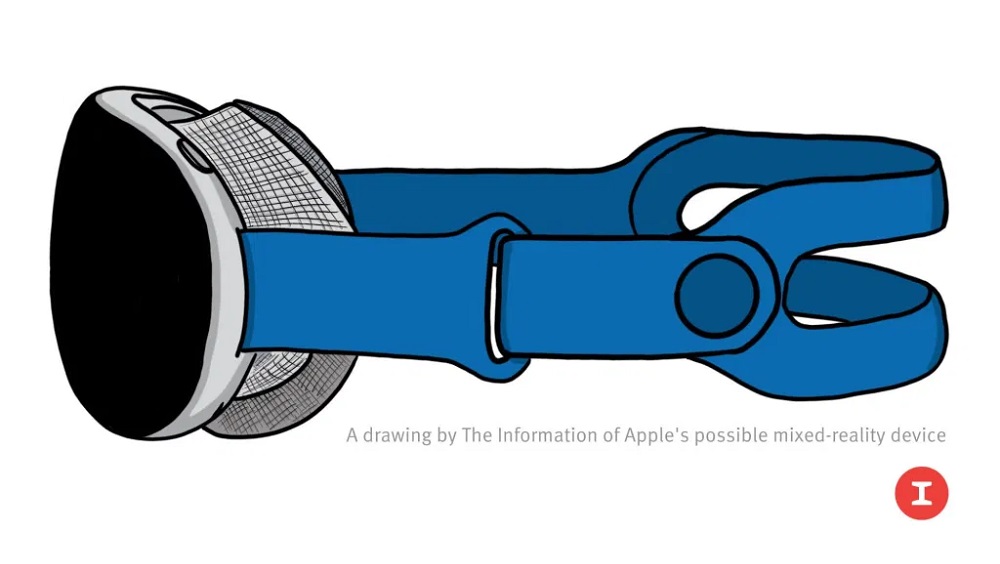The note also provided some new information regarding the AR headset’s hardware. Kuo claims it will be equipped with two 4K OLED microdisplays from Sony, and at least six to eight optical modules to “simultaneously provide continuous video see-through AR services”. On that note, an earlier rumour also suggests the headset to feature multiple lenses and LiDAR capabilities, although it isn’t specified what the former is meant for. It is said that the AR headset will be a standalone device, much like Meta’s Oculus Quest VR headsets; meaning that it will not rely on a separate processor box, a Mac, or an iPhone to stream content to it. Powering the device are two processors; one allegedly has “the same level of computing power as the M1”, while the other is a lower-end chip to manage input from the device’s various onboard sensors. The headset’s “Mac-level computing power” enables it to be operated completely untethered and also support a wide range of applications, the analyst added. Kuo also believes that the device’s ability to function as a standalone device would warrant its own ecosystem and “provide the most complete and flexible user experience.” As to when Apple is expected to launch the headset, the analyst predicts that the launch will happen in the fourth quarter of next year. However, it is worth reminding that even though Kuo’s information regarding unannounced Apple products have been reliable in most cases, there are also those that completely missed their marks. So, as usual, be sure to take unofficial information such as these with a pinch of salt. (Source: MacRumors / 9to5Mac)
